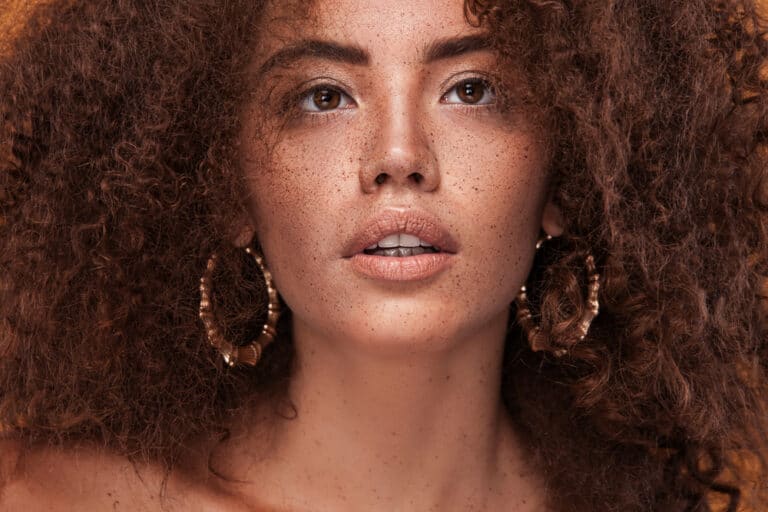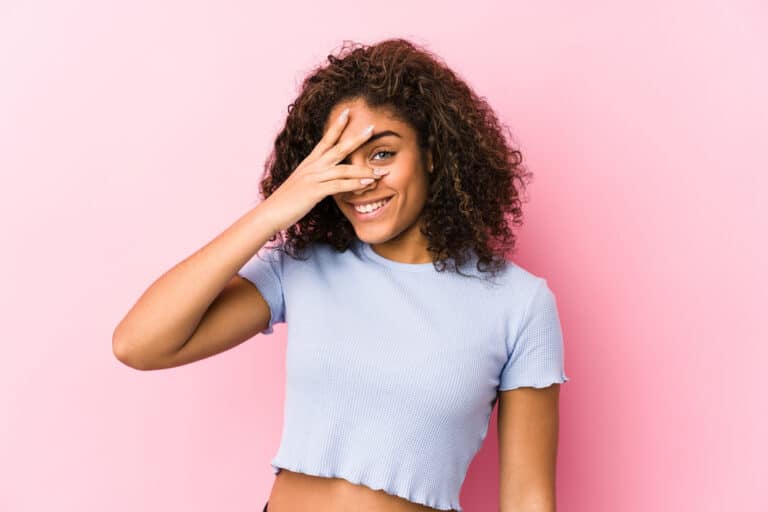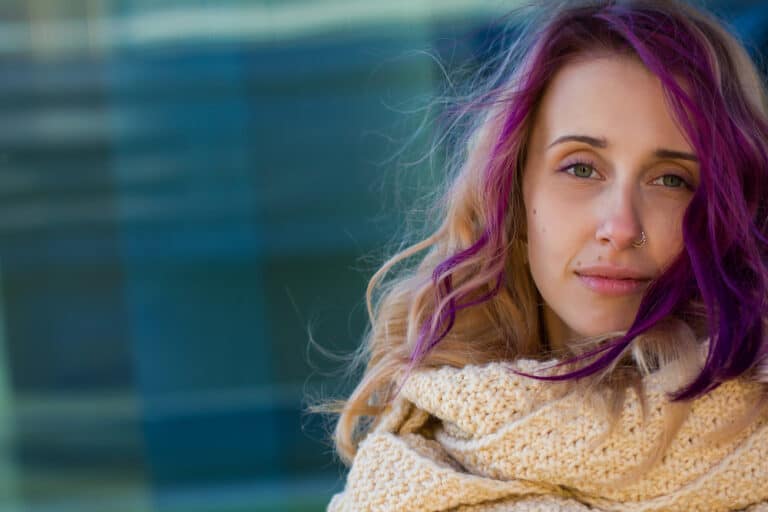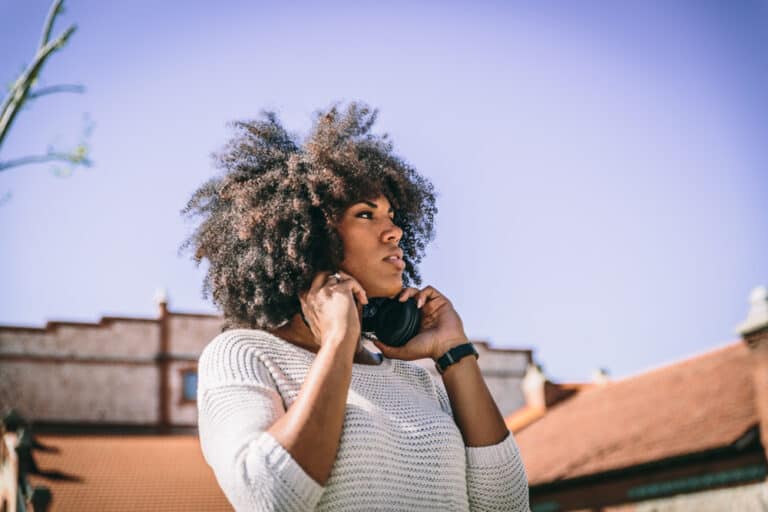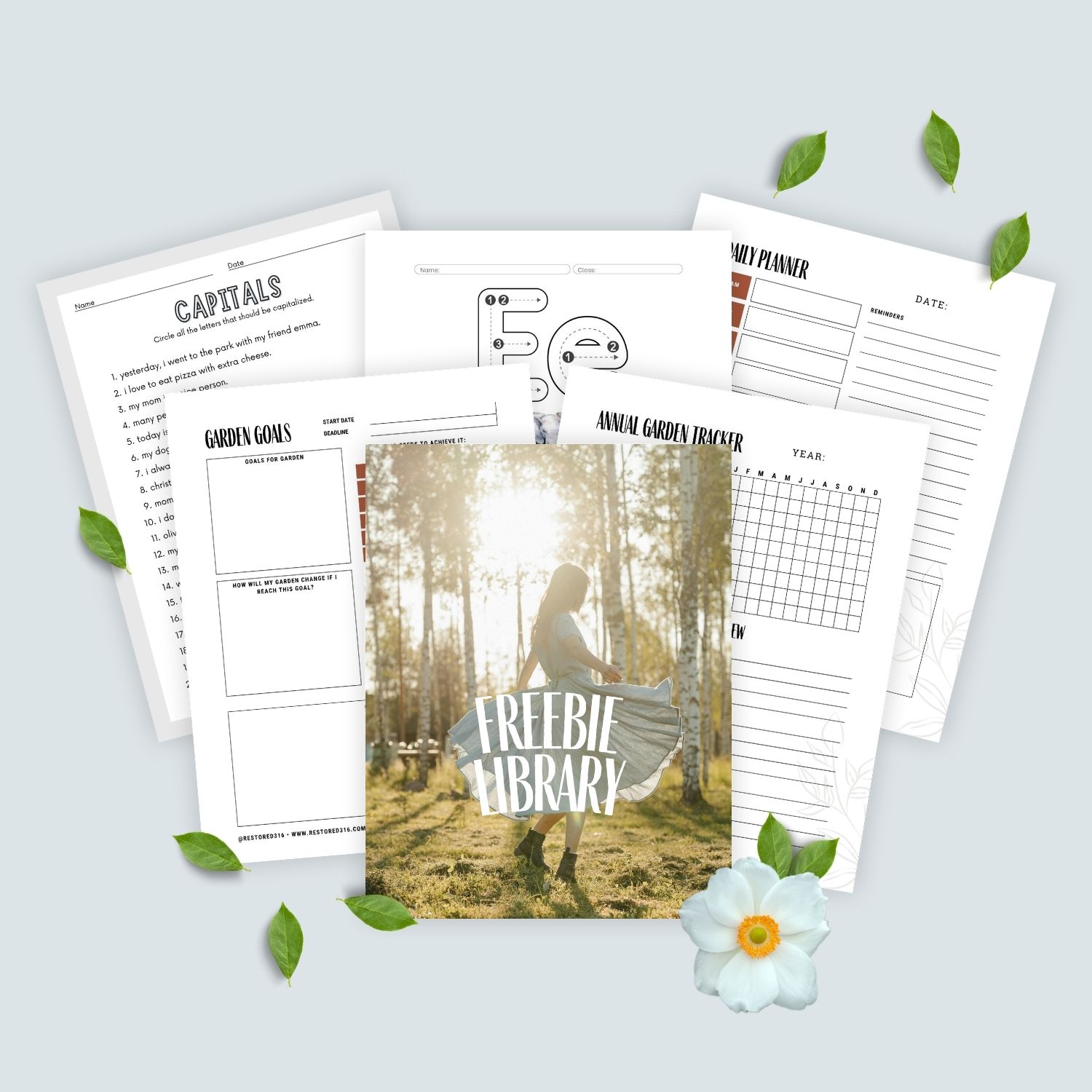Is Cornstarch Bad for Your Hair? Does It Cause Damage? Safe?
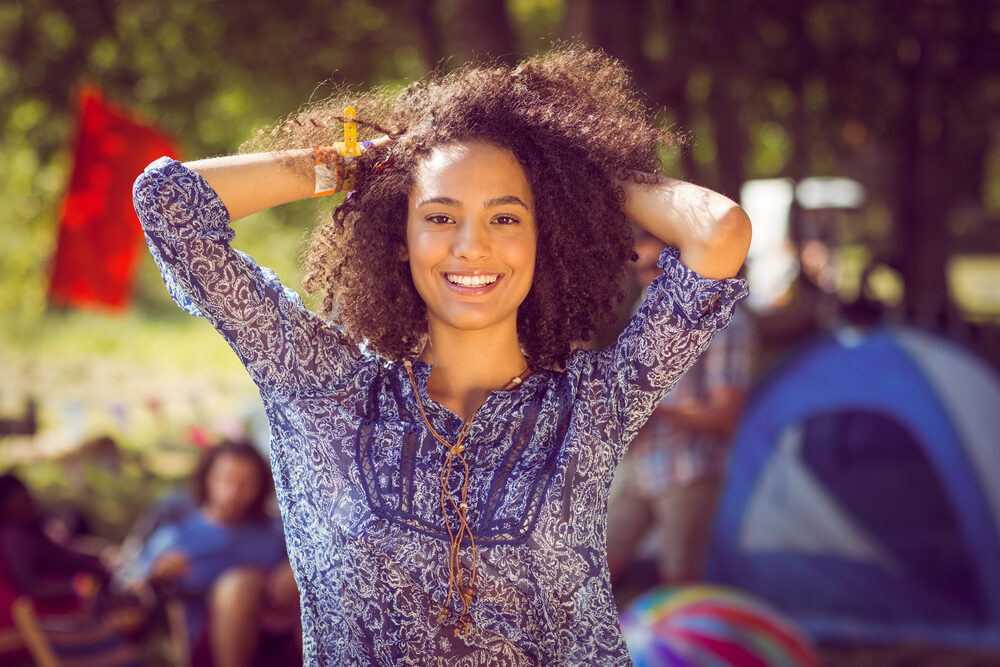
Every day, we find hair-related uses for items we’d usually find in our pantries or refrigerators. So, there’s no surprise that cornstarch-based hair care is becoming a hot topic.
But, due to the sometimes-unreliable nature of DIY remedies, some people wonder whether cornstarch could harm their hair. In this article, we’ll answer the burning question, “Is cornstarch bad for your hair?”
Table of Contents
What Is Cornstarch?
Cornstarch, similar to corn flour and wheat flour, is a versatile ingredient that is most known for its moisture-absorbing properties. It’s a carbohydrate extracted from the starchy portion of corn kernels known as the endosperm.
To make cornstarch as you know it, manufacturers grind these endosperms into a fine white powder (like baby powder or baking soda).
The Origins of Cornstarch
Cornstarch usage dates way back to 1842. Here’s how it was discovered. During his tenure at a wheat starch factory in New Jersey, Thomas Kingsford found a way to isolate the endosperms from corn kernels.
Thanks to his ingenuity, cornstarch is now widely produced in countries that grow corn, such as the United States, Brazil, China, and India. In its early days, cornstarch was commonly used for laundry and commercial purposes. It eventually made its way into the kitchen pantry.
How Cornstarch Is Used in Haircare
Cornstarch is found in kitchen cupboards everywhere. You may have used it to thicken everything from sauces to soups to desserts. Now, more and more people are using this prized thickening agent for their hair. Here are a couple of ways cornstarch is used in haircare.
DIY Dry Shampoo
Ever struggle with oily, greasy-looking hair? Cornstarch is regularly used to absorb excess oil for a cleaner overall look (like dry shampoo).
People use it on their hair and scalp to stretch out their wash days. The powder especially appeals to those who have active lifestyles that involve regular scalp sweating. In these instances, dry shampoo can help your hair stay fresh after exercising.
Note: If you exercise frequently (or choose not to exercise because you’re concerned about your hair regimen), we highly recommend reading this article.
To try cornstarch as a dry shampoo, just apply a small amount of cornstarch onto the roots of your hair and gently spread it through with a brush, comb, or your fingers. You can also shake your head back and forth to distribute it throughout the hair.
Dry shampoo does have a stark white appearance, so be warned – it may leave a dusty film on dark hair colors. The more cornstarch you apply, the more likely this is to happen. Some ladies mix in a small amount of cocoa powder if they have dark hair.
You can also purchase an over-the-counter commercial shampoo, which often includes aluminum starch or corn starch. Click this link for one of our favorite dry shampoos that contain argan oil and silk proteins.
Pro tip: Using a large makeup brush is ideal for applying cornstarch as a dry shampoo.
Exfoliating Hair Mask
A cornstarch hair mask is an excellent remedy for dull, frizzy hair. Unlike most hair masks, its primary purpose is not to inject your hair with moisture. Instead, it is more geared toward removing excess oils and buildup to reveal your hair’s natural shine.
To make a cornstarch mask for hair, all you need are cornstarch and water. But if you’d like, you can add other moisturizing ingredients such as coconut or castor oil if you feel your hair needs it. Here’s what you need to do to make a cornstarch hair mask:
- Dissolve one tablespoon of cornstarch in a half cup of water—double these measurements for long hair.
- Stir the mixture together until it is smooth and free of clumps.
- Pour the mixture into a small pot and bring it to a boil while constantly stirring.
- Once the mixture takes on a creamy or gel-like consistency, remove it from the heat and allow it to cool.
- Once cooled down, the mask is ready for application.
- Apply the mask to your clean, towel-dried hair. When applying the mask, start at the roots and work your way down to the ends of the hair.
- Put on a shower cap or plastic bag and let the mask sit for at least 30 minutes.
- Rinse the mask away and follow up with your conditioner.
Benefits of Cornstarch for Hair
Adding cornstarch to your hair care routine yields many benefits. We’ll get into each of them in the below section.
Beneficial Vitamins
Cornstarch has many healthful components such as vitamins A, B, C, and E and minerals like zinc, magnesium, potassium, iron, calcium, and phosphorus. These vitamins and minerals are beneficial for the long-term health of your hair.
Boost Your Hair Growth
If you have thin hair, you’ll no doubt benefit from the volumizing effects of cornstarch. Cornstarch is great for exfoliating the scalp, which helps with scalp blood circulation. Freer circulation in the scalp stimulates hair growth.
Oil Regulation
Excessive scalp oiliness is normal for people with looser curls. Cornstarch helps with this issue by regulating sebum production in the scalp. It also quickly absorbs excess oil and grease from the surface of the hair and scalp.
Risks of Using Cornstarch on Hair
Before putting anything new on your hair and scalp, it’s wise to be aware of any applicable risks or side effects. That’s what we’ll be examining in this section.
Beware of Allergic Reactions
Not everyone who tries cornstarch has a positive experience – some develop allergic reactions. Anyone with a severe corn allergy should avoid using cornstarch anywhere on their body.
Mild reactions may include headaches, hives, rashes, or itchiness. Severe reactions involve shock or difficulty breathing.
Cornstarch Can Trap Bacteria
When used for several days in a row, cornstarch can build up on the scalp. This can trap unwanted bacteria and jumpstart certain scalp conditions.
For example, a fungal overgrowth or seborrheic dermatitis from cornstarch buildup can create unsightly red scaly patches and dandruff.
Trapped bacteria can also cause the hair follicle to become inflamed. Inflamed hair follicles can turn into scalp pimples and cysts. These blemishes can result in open sores and even hair loss.
It Can Dull Your Hair
Similar to how dry shampoo visibly dulls the hair, another risk of using cornstarch on your hair is dullness. Depending on the color of your hair and how often you use cornstarch on it, the dullness can range from unnoticeable to severe.
Although, a common question that we get is does corn starch damage hair? Let’s discuss this question in the next section.
Is Cornstarch Bad for Your Hair?
Cornstarch is not necessarily bad for hair when it comes down to it. Although this is the case, when cornstarch is misused, it can turn into a bad thing. If you want to avoid adverse outcomes while using cornstarch, keep the following tips in mind.
Don’t Overdo It
Moderation is the key when using cornstarch in your haircare routine. The risk of adverse outcomes (including dulling of the hair color, undesirable buildup, and scalp issues) is exacerbated when you use too much cornstarch on your hair.
To achieve the full benefits of cornstarch, we recommend using it in small quantities. Also, it’s important to know that cornstarch should not replace your regular shampoo.
It should be a part of your haircare product lineup vs. the solo act. Use cornstarch sparingly and only when necessary.
Don’t Skip Wash Days
Although cornstarch may make your hair look voluminous and healthy, looks can be deceiving! In order to avoid negative outcomes from using cornstarch, regular cleansing is essential.
It may be tempting to skip wash day because your hair looks clean, but we urge you not to do that. After all, when our skin gets oily, we don’t simply put powder on it; we wash it! We should do the same with our hair.
- Why Does My Hair Get So Oily So Fast?
- Why Does My Hair Feel Waxy?
- Why Does My Hair Dry So Quickly?
- Why Is My Hair Taking So Long To Dry?
From the kitchen to the shower, cornstarch is proven to be useful in various ways. If you decide to give it a try, be sure to use it in moderation and keep up with your regular wash days.
If you struggle with scalp skin irritation, cornstarch could be a natural way to calm skin irritations. It’s also good for treating extra oily hair (or a greasy hair problem).
We recommend that you start using it slowly. For example, you could just sprinkle corn starch on the impacted area before you cover your scalp liberally. We wish you the best with your hair and encourage you to give cornstarch a try if you struggle with excess oiliness on your hair or scalp.

